
Let's know only this.
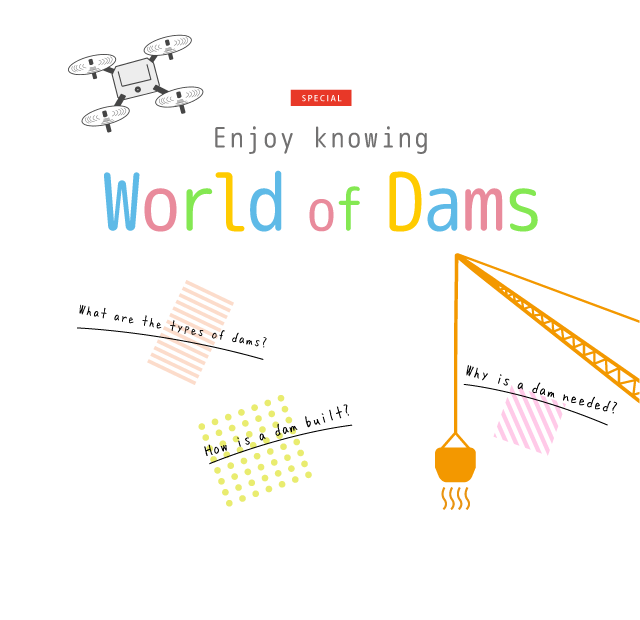
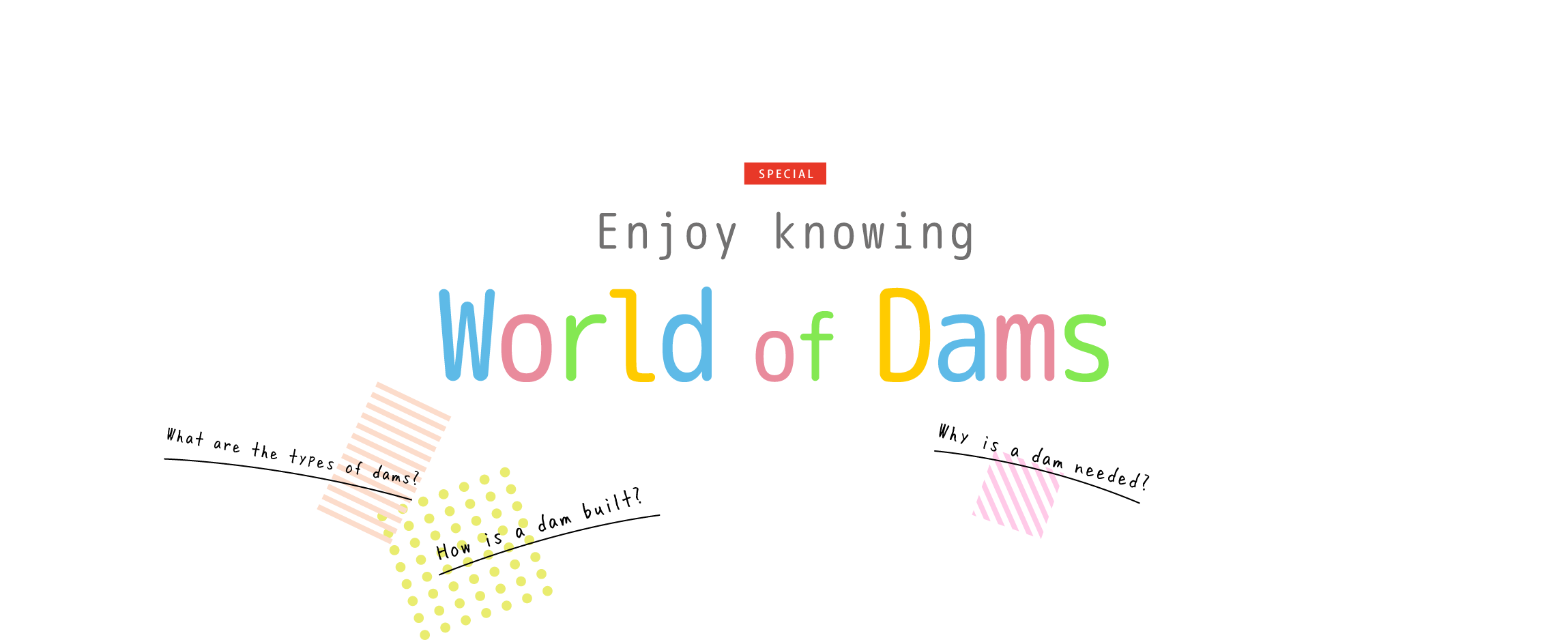
Supporting our living in various situations.
Let's look at the world of dams.

Let's know only this.
How much do you know about dams? Let's see what the dam does first!
 Dams are “River guardians”
Dams are “River guardians”
A dam is a facility that increases or decreases the amount of water flowing in a river by storing it. When it rains a lot, too much water flows into rivers and causes floods, and on the other hand, when it doesn't rain, rivers dry up. A dam keeps a constant flow of water in a river so that we can always use it.
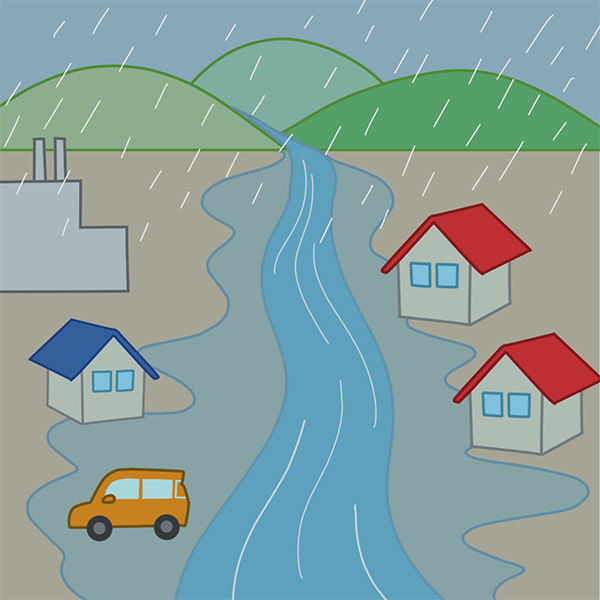
Flood
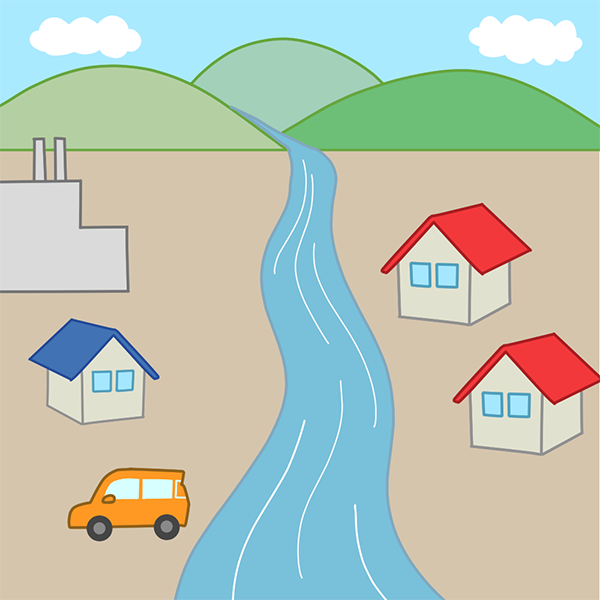
River as usual
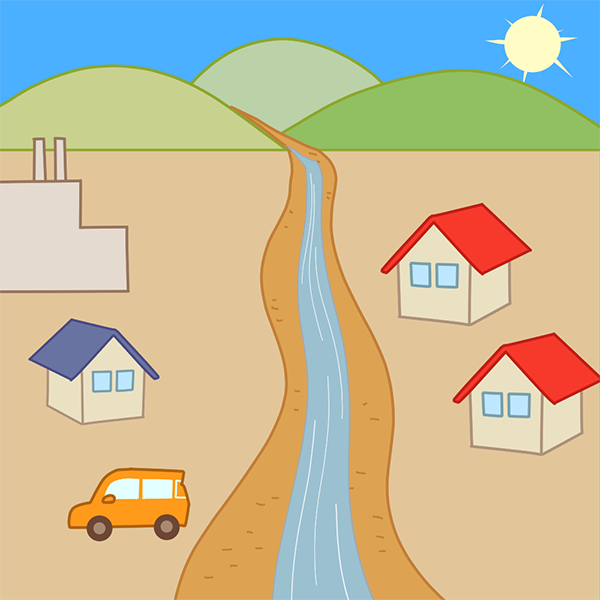
Drought
 Is anything that blocks a river a dam?
Is anything that blocks a river a dam?
Like dams, weirs and water gates regulate the flow of water into rivers. You may be able to see weirs and water gates in rivers in your city. Dams and weirs have the major different roles which are flood control and water utilization. And each may play both roles, or one or the other.
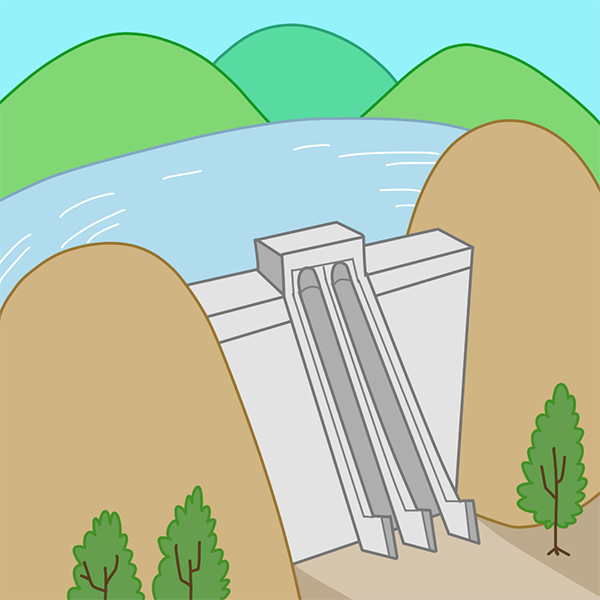
Dam
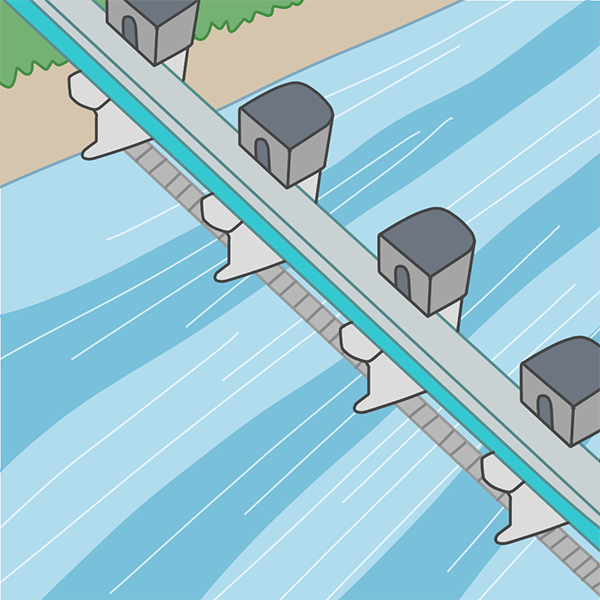
Wier
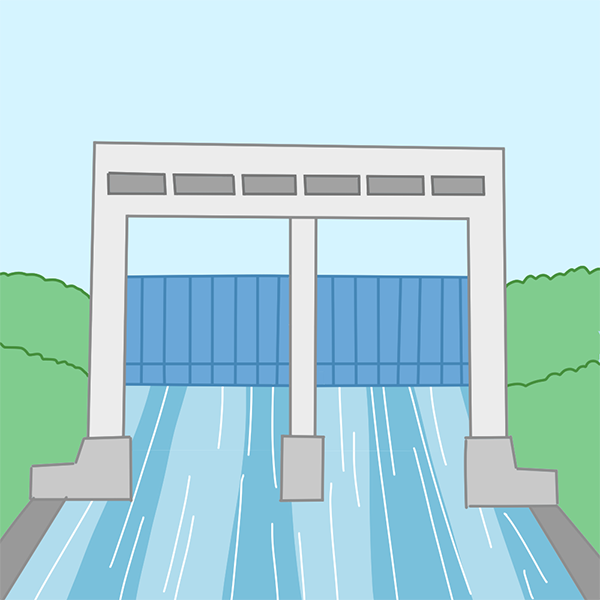
Water gate


Dam

Wier

Water gate
 Tell me about the role of dams!
Tell me about the role of dams!
The roles of dams can be divided into flood control, river maintenance flow, water utilization, and power generation. Let's take a look at each role!
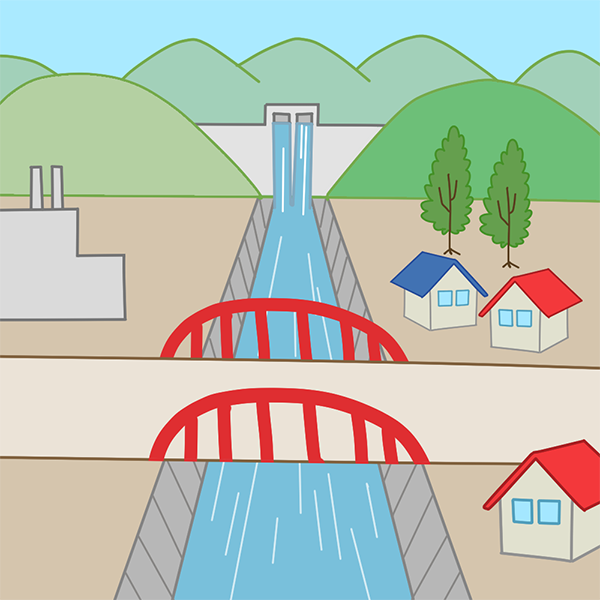
Flood control
It protects us from flood damage by regulating the amount of water so that rivers do not overflow.
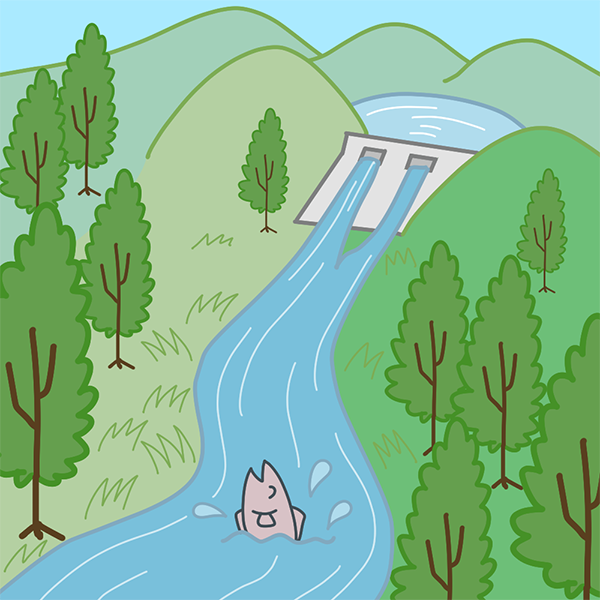
Maintenance of normal function of river flow rate
To prevent the drying up of river when the water level in the river is low, the surrounding environment is preserved by letting the water flow so that the boats can pass, and the creatures of the river can live in peace.
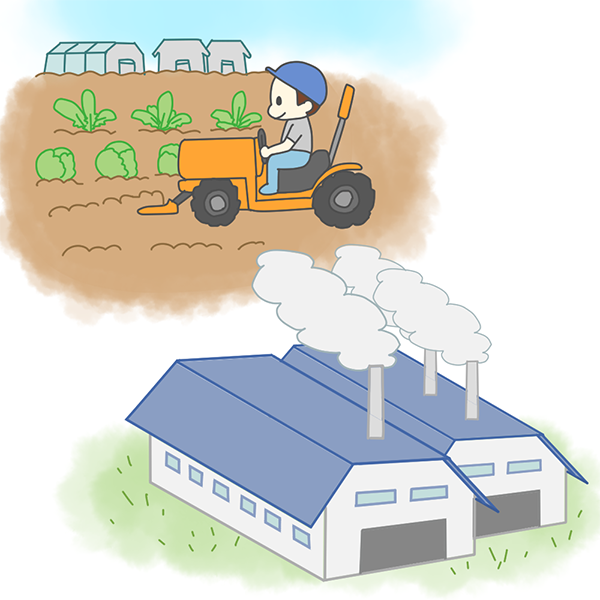
Water utilization
We supply the water we need in our daily lives, as well as the water for use in agricultural fields and factories. Because of this role, water can be used regardless of the amount of rain.
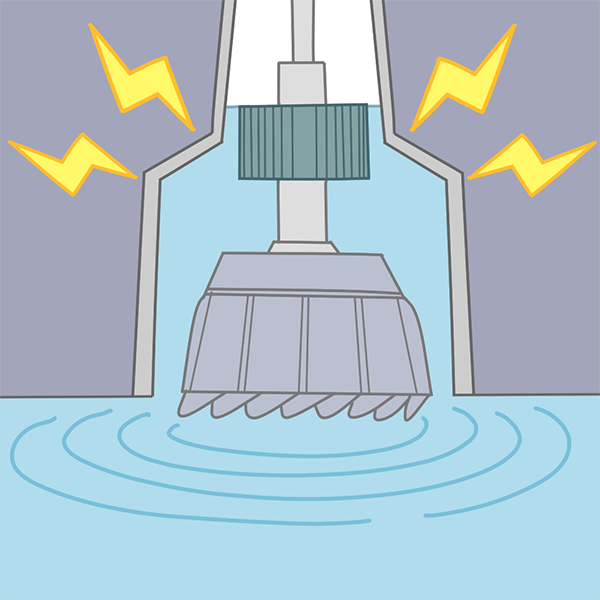
generation of electricity
Generate electricity using the natural energy of the storage water flow down and transmitted to your household.
 Efforts to preserve the environment
Efforts to preserve the environment
Before constructing a dam, a long time was spent thoroughly searching what kind of creatures are there and what kind of ecosystem exists. Then, the dam is built while considering the environment where the animals and plants that originally existed there can live in peace without change.
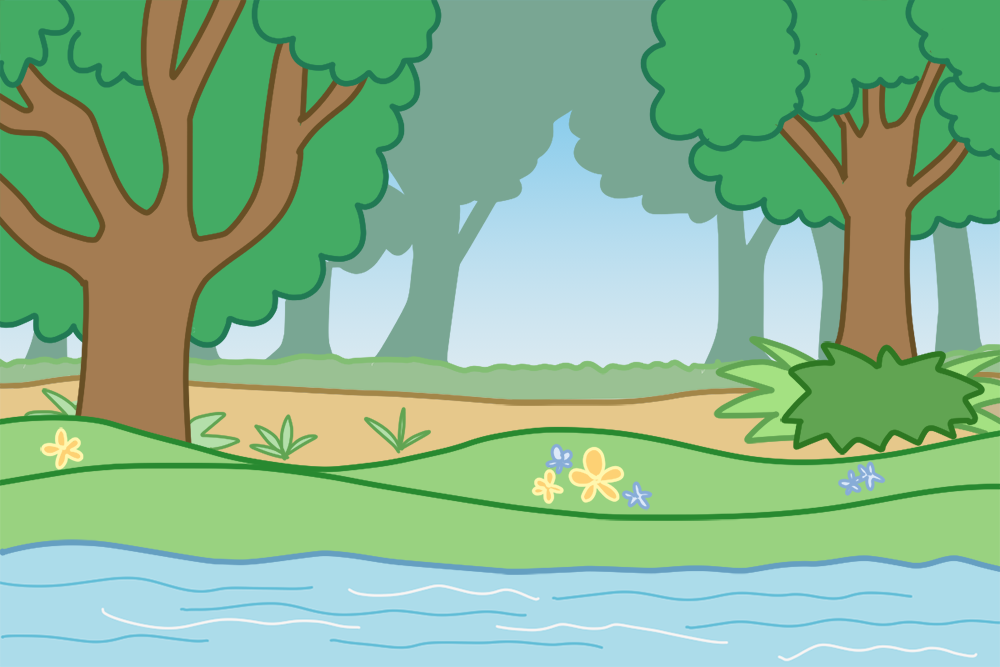
Although dams are lumped together, there are of various shapes and structures. Let's take a look at the typical types of dams!
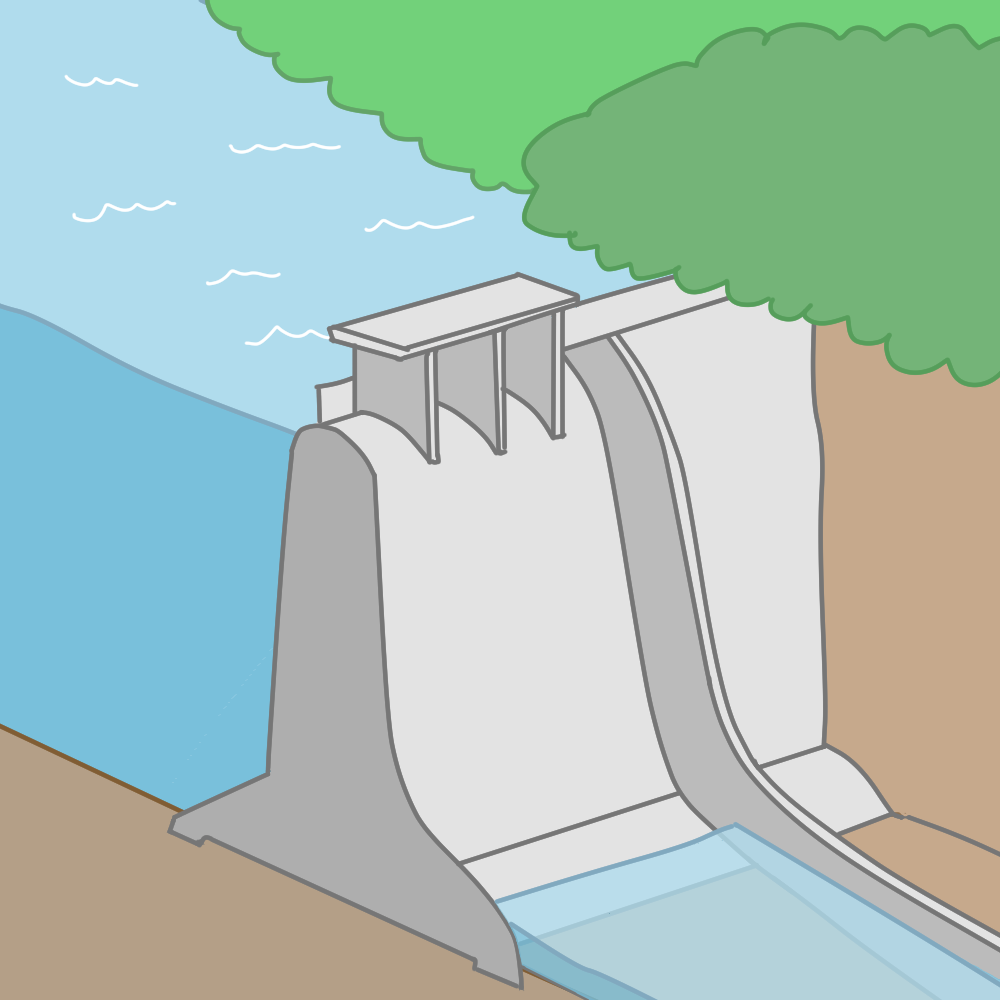
Yah! It’s heavy!
Concrete gravity dam is mostly constructed among concrete dams. It is a structure that supports the force of water with the weight of the dam, and when viewed from the side, it has a triangular shape. It is built on hard ground that can support a heavy embankment.
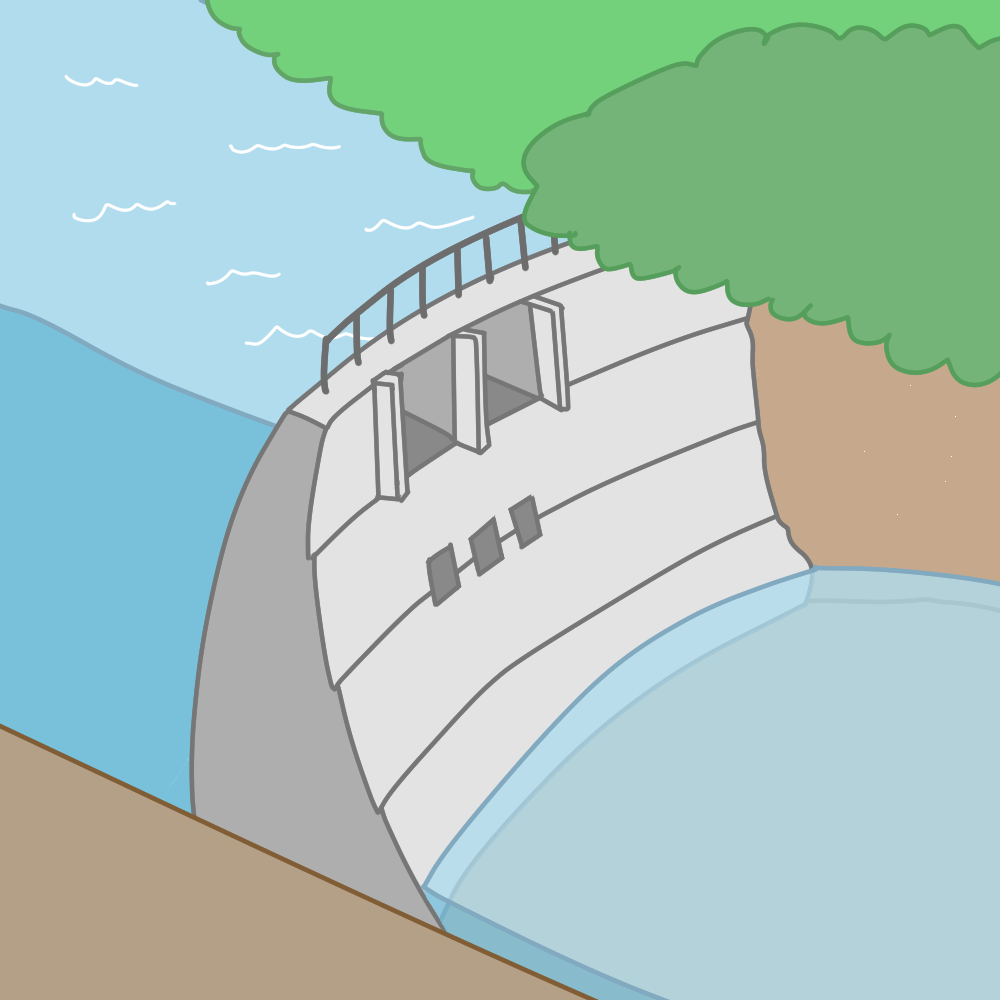
The curve of the dam is beautiful
An arch-type dam with a thinner body than a gravity concrete dam. Due to the structure that distributes the force of the water to both sides of the abutment and the foundation, it can only be built on top of solid bedrock.
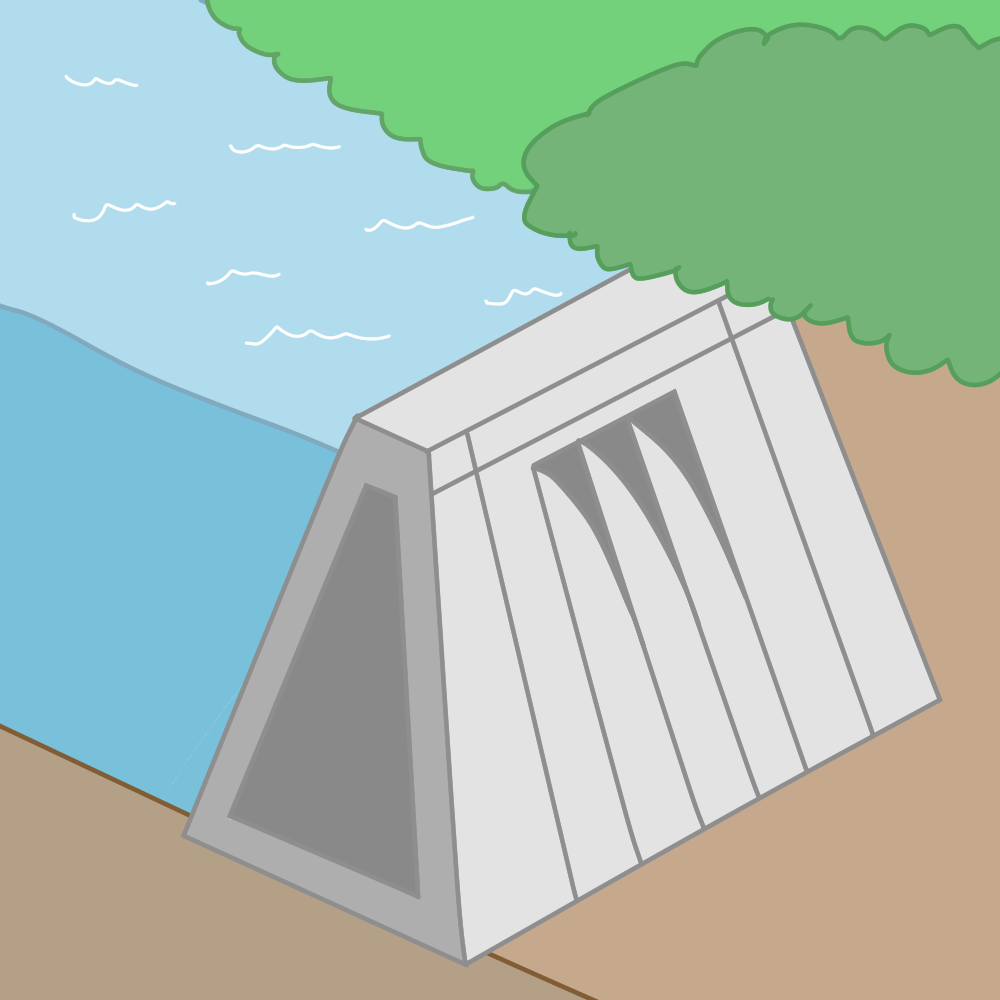
Massive shape of the dam is attractive!
To save the concrete, the inside of the dam is hollowed out. The inside part does not have any weight, so it has a massive shape that looks like one spread the legs.
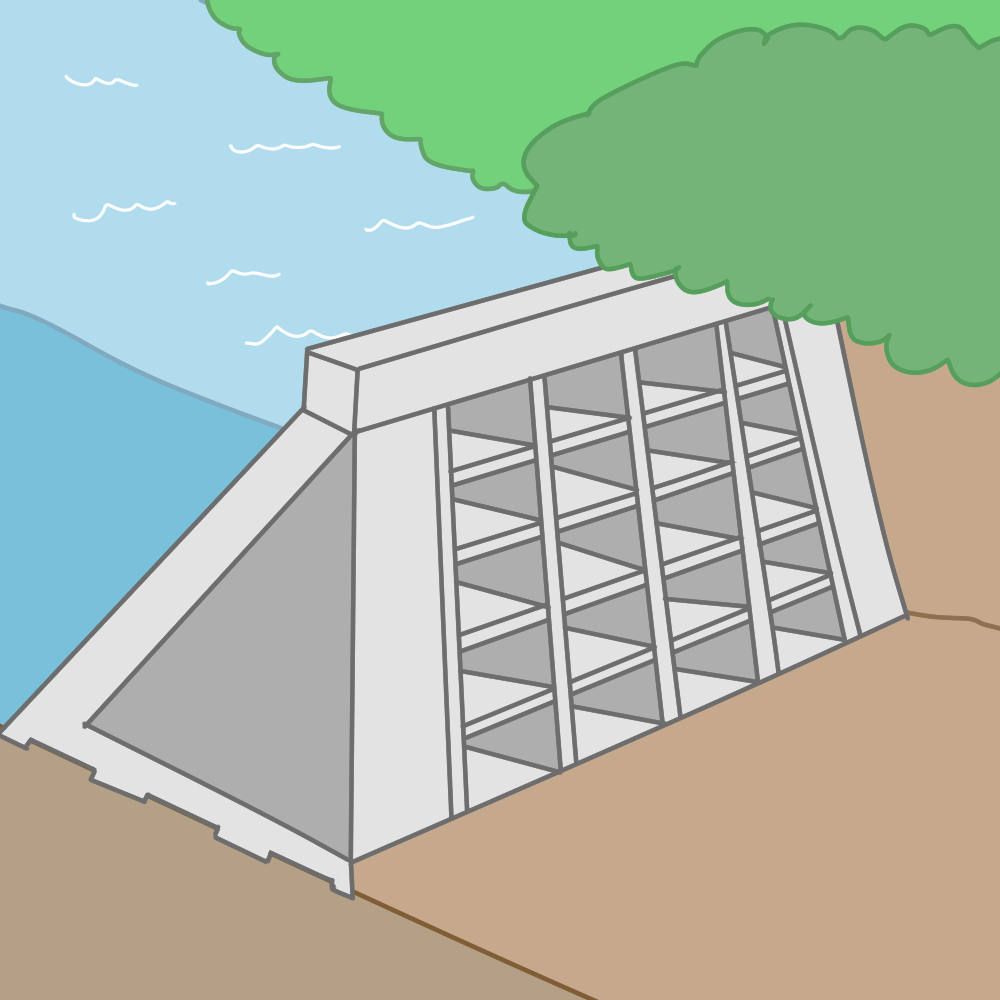
Also known as a counterfort dam
A dam that supports a cutoff wall on which water pressure acts directly with a buttress.
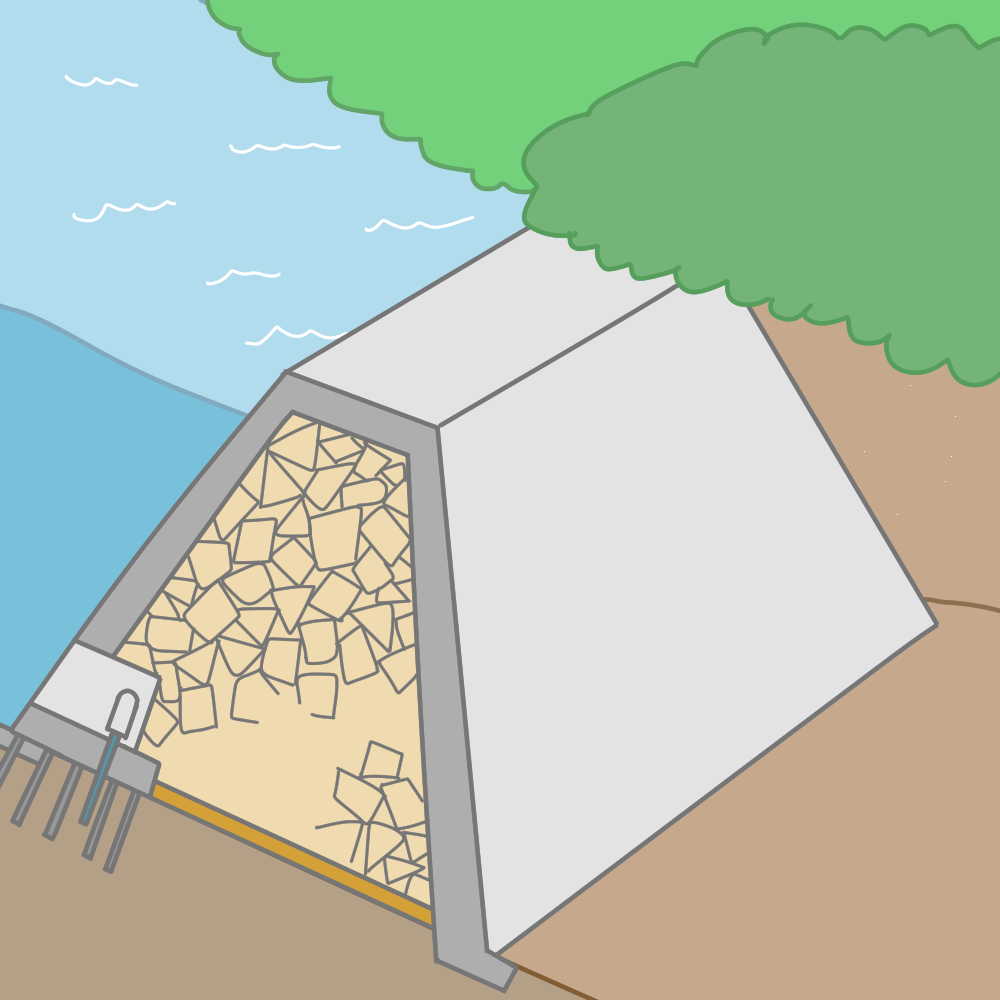
Build from nearby materials
It is a dam made by adding cement and water to materials obtained near the dam site, such as sand and rock debris generated by excavation.
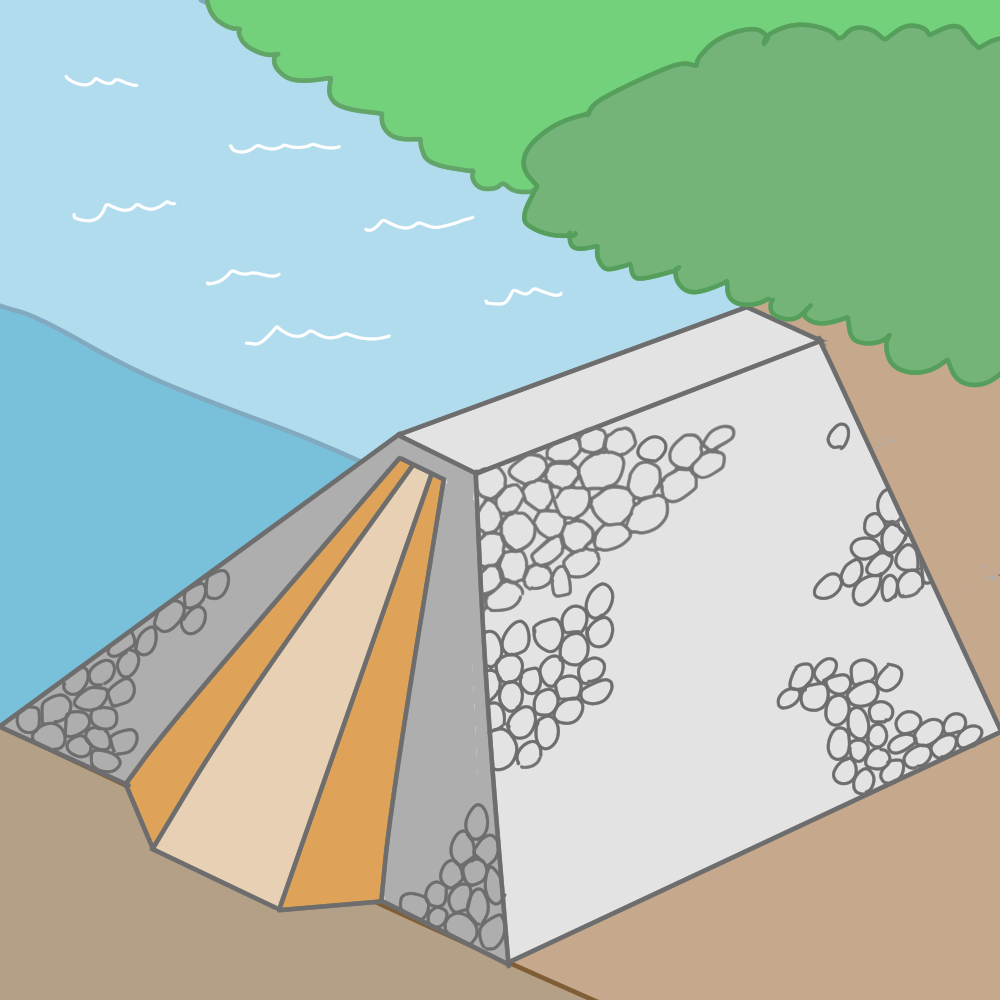
Build a dam using rock and soil
A dam constructed of rocks and clay, also known as a rockfill dam. The rock material part is responsible for the stability of the embankment body, and the clay part in the center, which is the water impervious zone, intercepts the water.
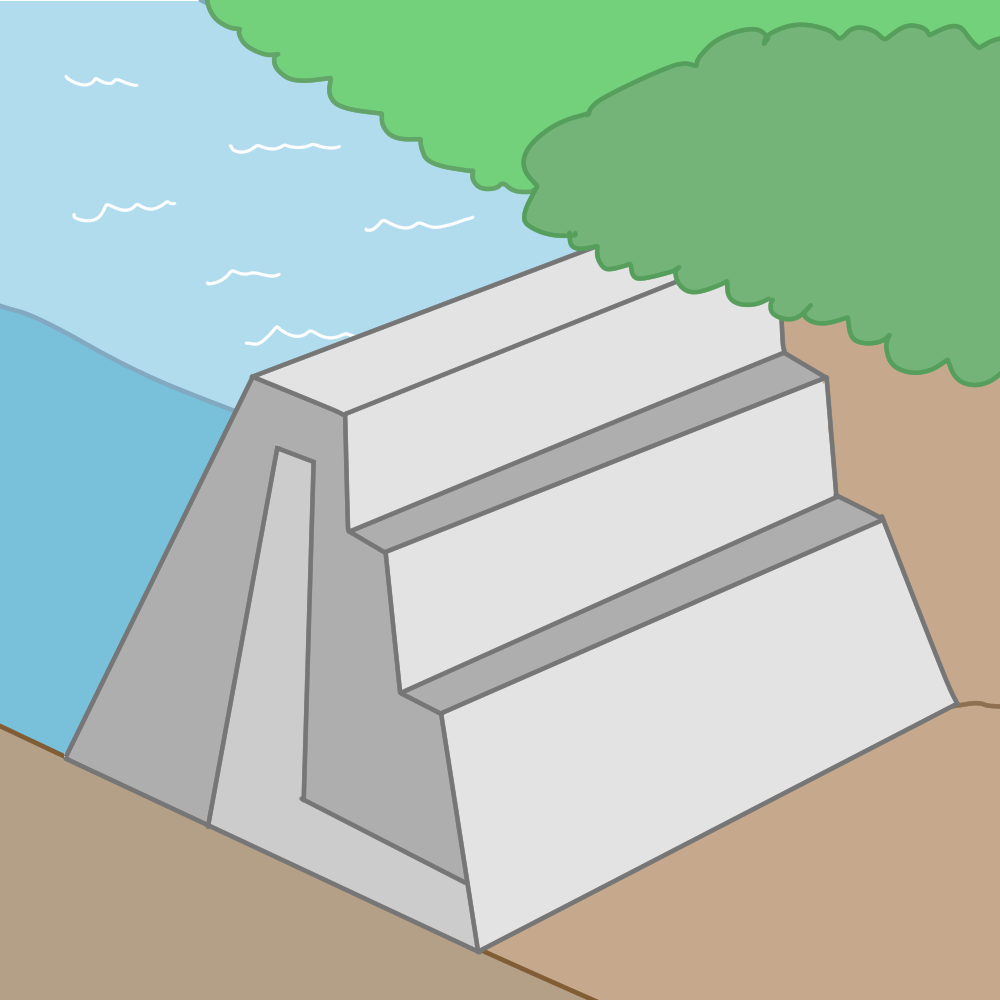
The world's most built dam
Also known as an earthfill dam, it is the oldest dam made by compacting soil. The feature is that dam body is lower than that of the rockfill dam. It is also the most-built dam, accounting for about 70% of the world's dams.
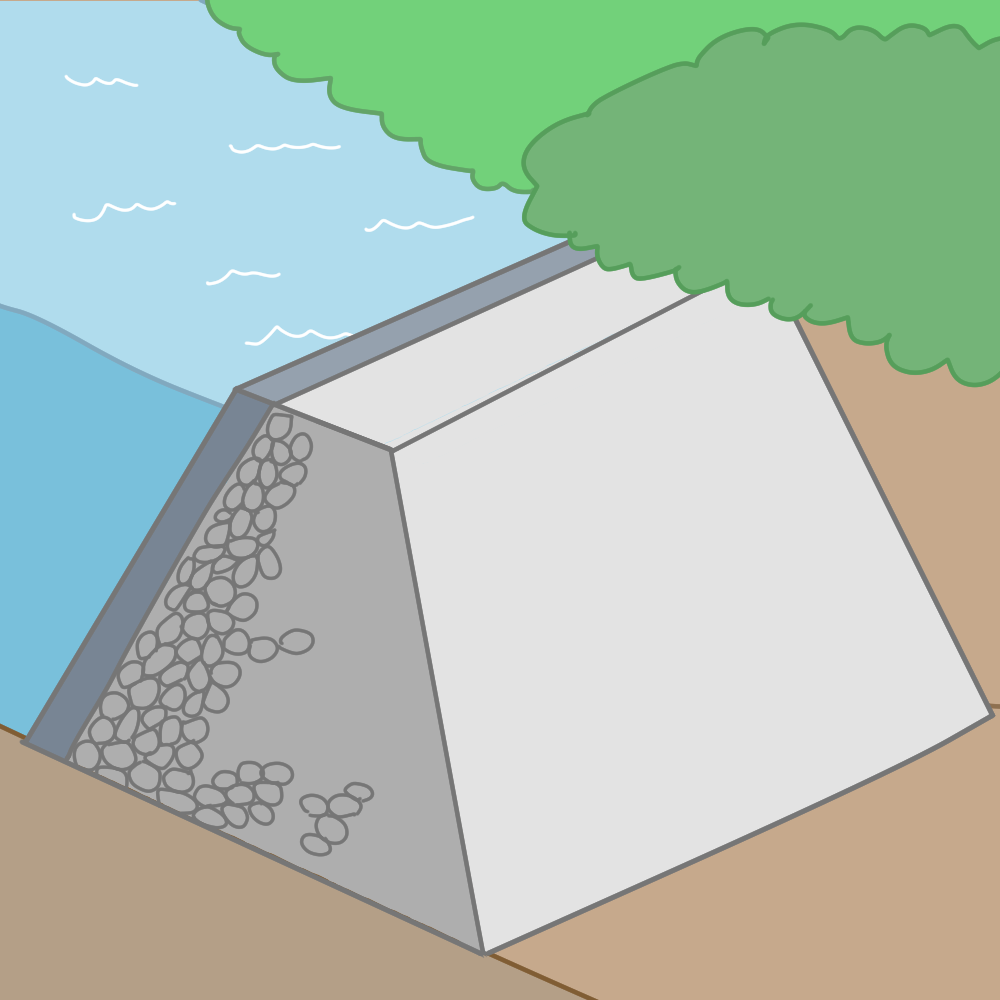
It is a dam whose upstream surface is covered with concrete or asphalt to prevent water from passing through.
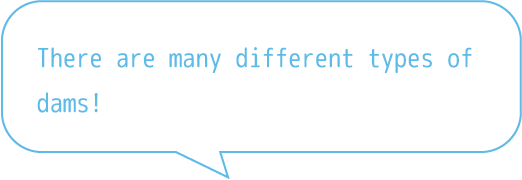

Let's take a look at what kind of mechanisms and facilities the dam has!
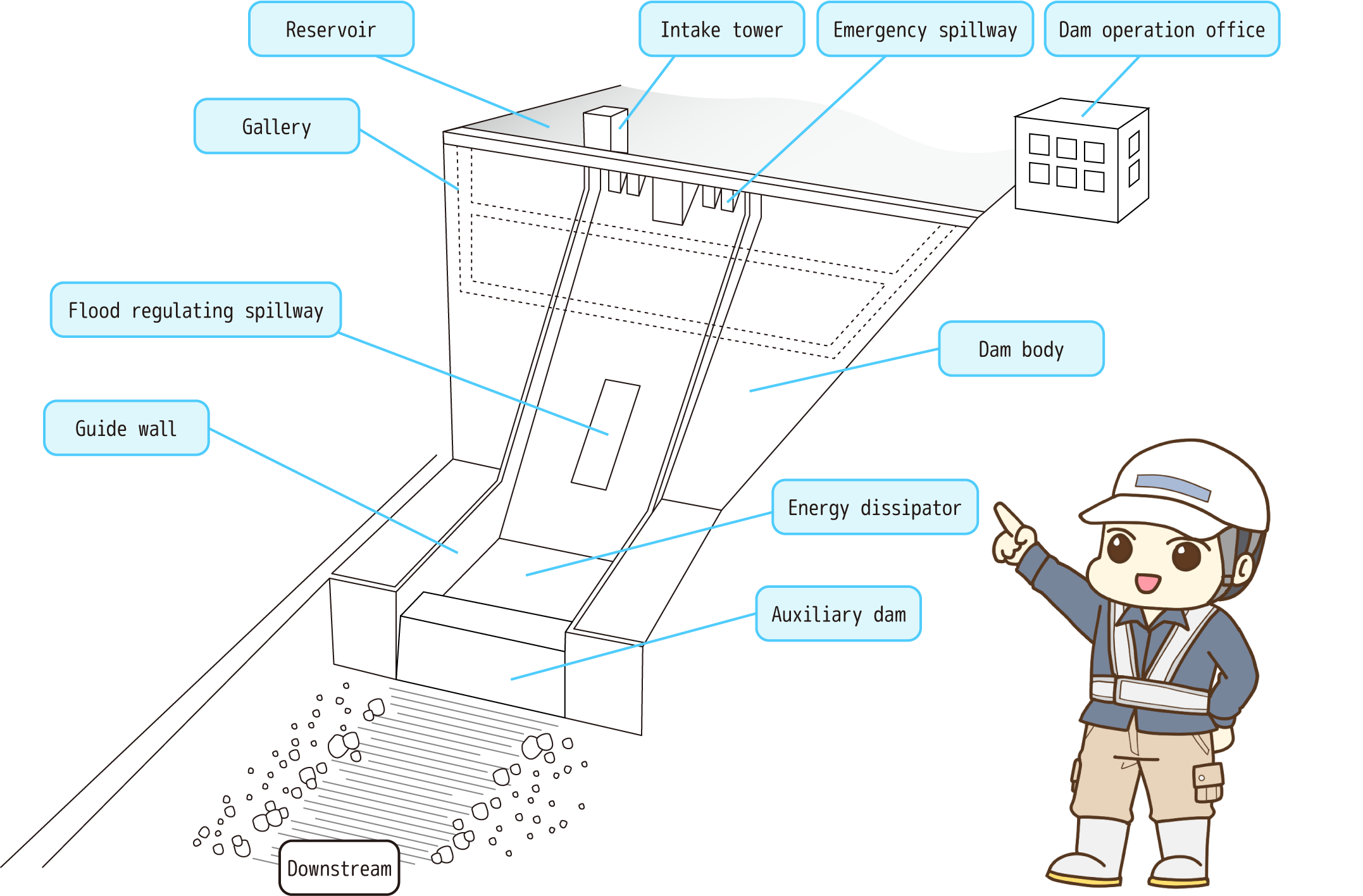
It is a tower that is installed on a dam body or in a reservoir.Installed on dam bodies and reservoirs, water can be taken from various layers according to the use of water.
A passage tunnel for inspecting the inside of the dam. This tunnel is used to regularly check whether the dam works properly or not.
If the water flowing out of the dam is discharged into the river as it is, the river will be scooped out by the force of the water. It has the role of slowing the flow of water so as not to damage the surroundings.
It is the most important part of the dam, and it is an opening facility that discharges the stored water. There are two types of spillways: regular spillways used for flood control and emergency spillways used when discharging more water than regular spillways.
It is the side wall of the energy dissipator.
It is a low-height dam built on the downstream side. It works to weaken the momentum of the water discharged from the spillway.


There are many processes before a dam is completed, and it takes a long time of 40 to 50 years to build one dam. Let's take a quick look at how a concrete dam is constructed!
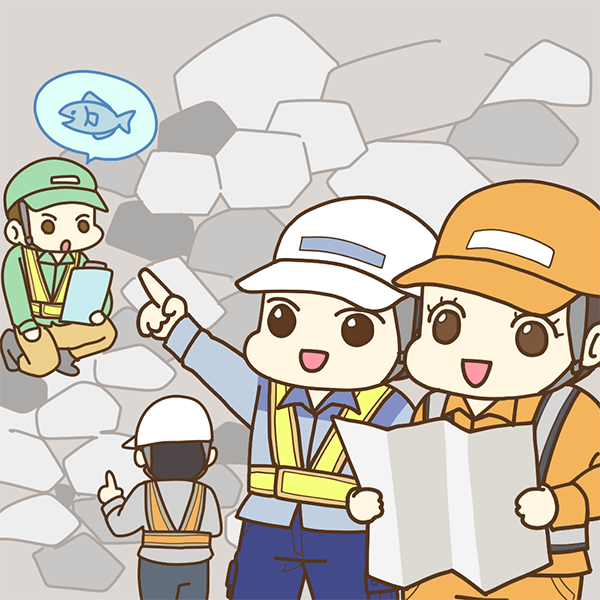
We investigate whether the bedrock and geology of the planned construction site are suitable for a dam, what kind of organisms live there, etc., and make a plan to build a dam. Based on the survey results, we create drawings of the dam and surrounding facilities.
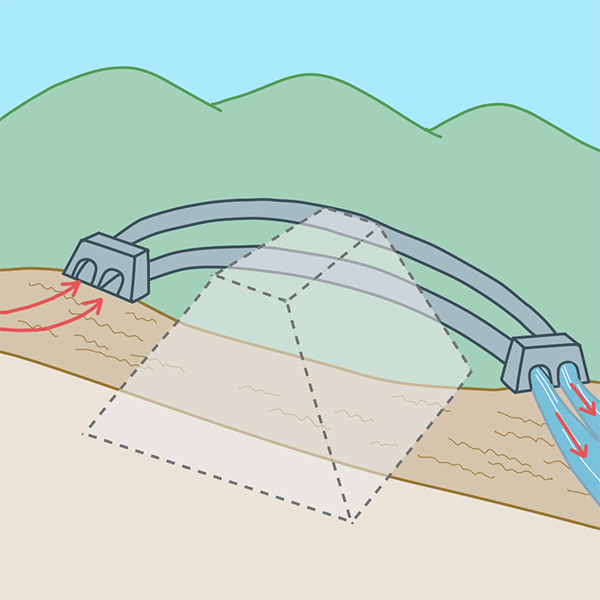
Temporary diversion of a current river, the temporary depot for the temporary storage of construction materials, and roads for material transportation, etc. will be prepared. We also assemble concrete batching plants and cranes for necessary equipment for concrete placing.
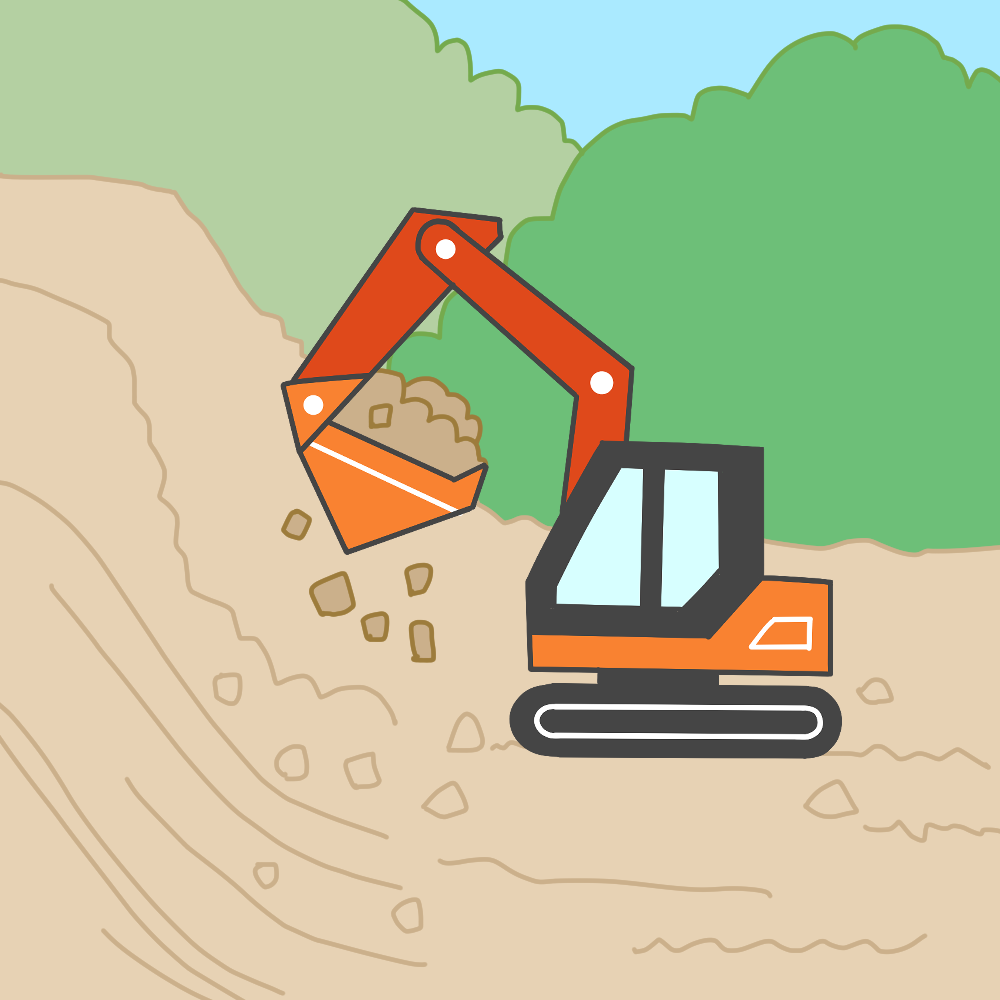
To construct a dam on hard and solid bedrock, the earth and sand, and weak rocks at the foundation of the dam are excavated.
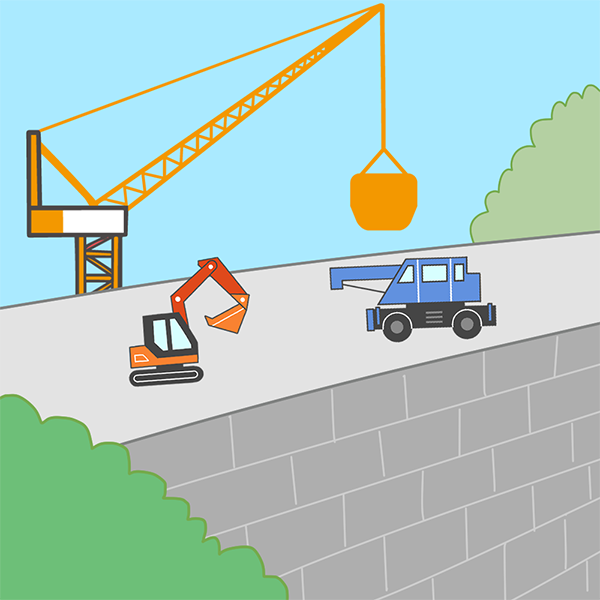
Concrete is placed and piled up to construct the dam body, paying attention to cracks. At the same time, offices and facilities are built to manage the dam.
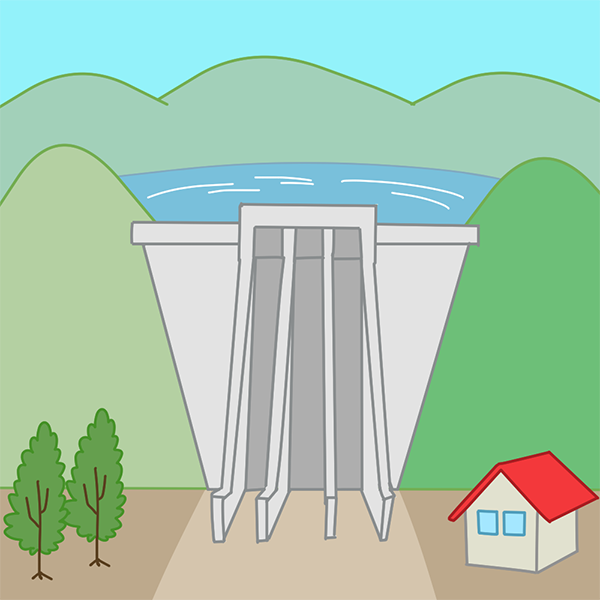
We check the strength of the dam body and test whether water leaks. Also, the slope around the reservoir is checked for any abnormalities. Once this test is completed successfully, the dam is complete!


